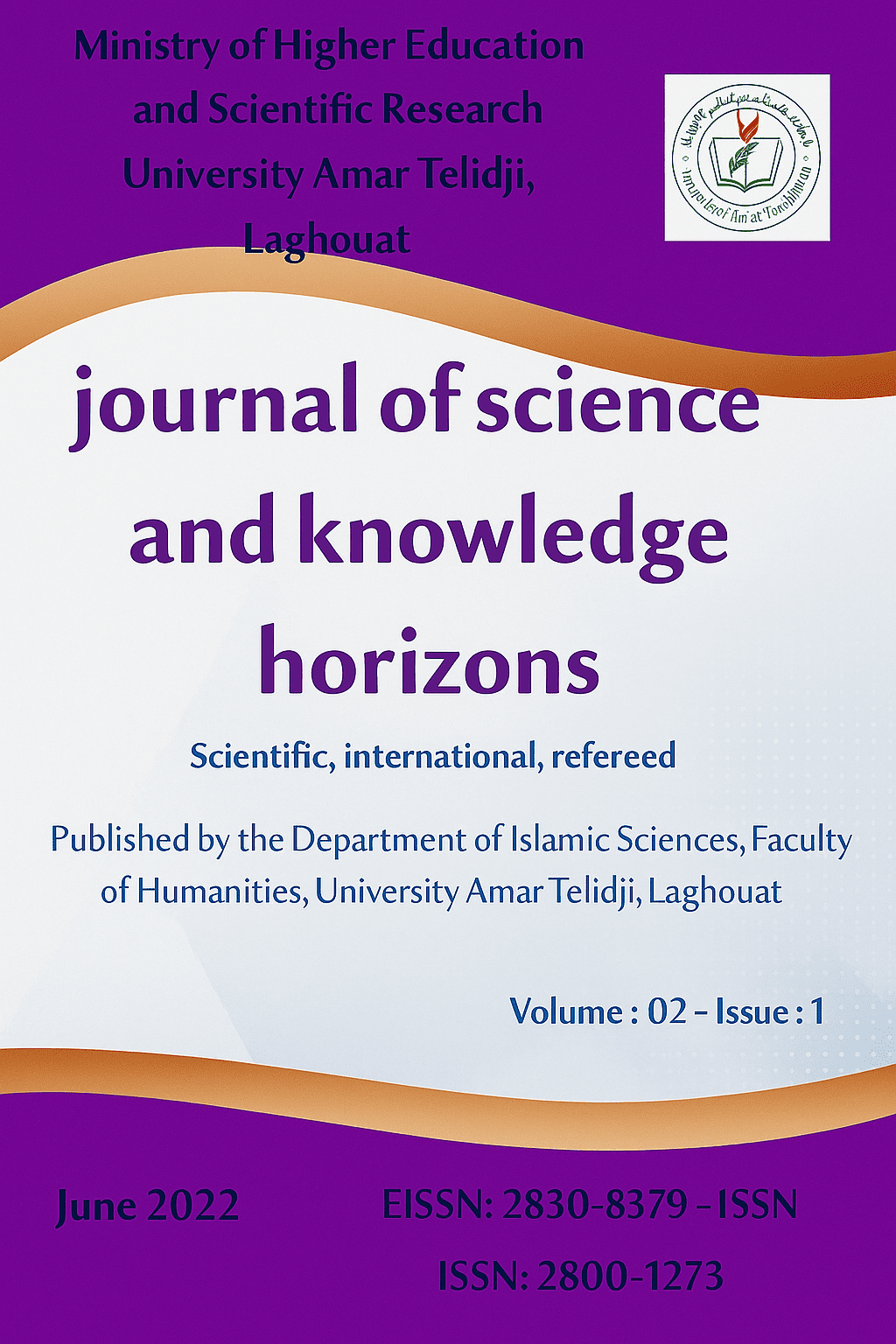Curriculum question in hermeneutics
Abstract
Abstract
This article deals, as indicated by its title, one of the major issues faced by hermeneutics in its history, which is the issue of method, either directly; As it is shown with the philosophers who tried to search for a scientific and objective method that can be relied on to catch the hidden meaning behind what was said within the texts and what was expressed either as a statement or an allusion. Or in an indirect, revolutionary way that attempts to examine the efficacy of the method in issues of interpretation, indicating its futility and futility. If the method has proven its effectiveness when dealing with the phenomena that the true sciences deal with, then transferring it to the field of meaning and intent poses several problems. From it, we will try to shed light on the problem of the method in hermeneutic philosophical thought, trying to examine the extent of its
Downloads
References
• José maria Aguirre oraa, Raison Critique or Raison Herméneutique? An analysis of the controversies between Habermas and Gadamer, editions of the Cerf Paris, 1998.
• Friedrich D.E. Schleirmacher, Hermeneutique, Traduction et introduction de mariannasimon, Edition labor et fides, 1987.
• - Hans Georg Gadamer, the philosophical herméneutique, traducttion by Jean Grondin, presses universitaires de France, 1st edition 1996
References and sources in Arabic
• Al-Ayashi Adrawi, In Complementary Communication, Rabat - Dar Al-Aman, Al-Ikhtif Publications, first edition, 2004
• Hans George Gadamer, Truth and Method, Basic Lines of Philosophical Interpretation, Translated by Hassan Nazim and Ali Hakim Saleh, Oya House for Printing and Publishing, 1st Edition, in 2007
• Hans-Georg Gadamer, Philosophy of Interpretation, Fundamentals, Principles, Objectives, translated by Muhammad Shawqi Al-Zein, Al-Ikhtif Publications, 1st Edition, 2000
• Saeed Tawfiq, On the Essence of Language and the Philosophy of Interpretation, Majd University Foundation for Studies, Publishing and Distribution - Beirut, first edition 2002
Abdel Karim Sharafi, From Philosophies of Interpretation to Theories of Reading, An Analytical Critical Study of Modern Western Theories, Al-Ikhtif Publications, 2006 edition
• Nasr Hamed or Zaid, The Problem of Reading and Mechanisms of Interpretation, The Arab Cultural Center, 5th Edition, 1999

This work is licensed under a Creative Commons Attribution-NonCommercial 4.0 International License.






